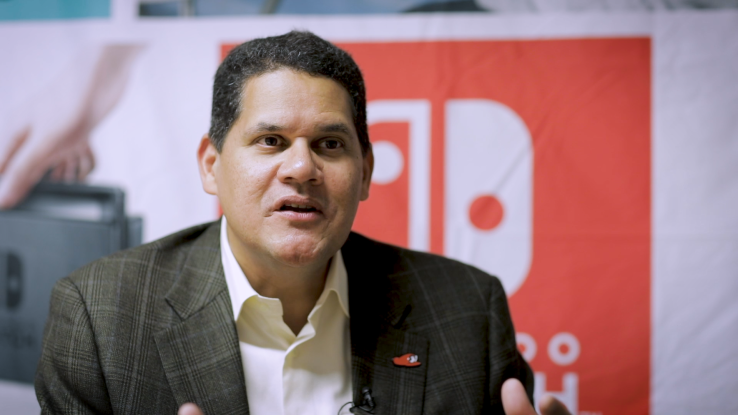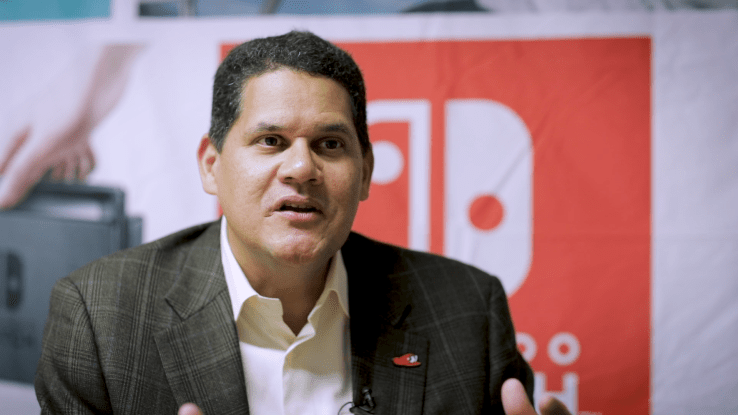

From the outside, at least, Nintendo is a study in contradictions, at once devoted to the constant development of new gaming experiences, while remaining deferential and staunchly loyal to its past. Fittingly, the gaming giant’s American president Reggie Fils-Aimé references its longtime executives and creative forces with great reverence, quoting predecessors several times over the course of our half-hour-long conversation ahead of the launch of Super Mario Odyssey.
The game has been out for a day now, and the results from the gaming press have been everything the company could have dreamt of. In a review posted on Thursday, Devin called it an “embarrassment of riches,” echoing its currently near perfect 97 on Metacritic. The tent-pole title was a bit of a glaring omission when it launched in March, a fact due in part to Nintendo’s decision to get it just right.
“We were fortunate that Legend of Zelda Breath of the Wild was far along in its development,” explains Fils-Aimé. It could be that anchor title from a day-one launch perspective. And then to have Super Mario Odyssey as the key game going into the holiday. It was, on one hand, quite well planned. But the other piece is that it always comes down to the development schedule.”
The executive pauses to paraphrase a quote from Mario creator Shigeru Miyamoto, which goes, “A delayed game is eventually good, a bad game is bad forever.” By all accounts, Mario Odyssey certainly isn’t the latter. And while Nintendo may have gotten some pushback from the press for its decision to delay the product, a Zelda-fueled launch gave the company exactly the boost it needed, coming off the prolonged stumble of the Wii U. And the result is in the game play.
Odyssey is far and away the richest Mario experience, one that works to balance the influence of old and new, playing on Nintendo’s strength of reinventing its most popular properties time and again console after console, and decade after decade. More so than any of Nintendo’s other franchise stars, Mario has worn a lot of different proverbial hats. And this time he’s got an actual new one in the form of Cappy, a sentient hat that possesses whatever you toss it on.
Fils-Aimé says the feature, which takes advantage of the Switch’s gesture control, has been a central game dynamic since the game’s earliest stages. It’s a new feature that differentiates the game while remaining true to what it means to be a Mario game.
“In its essence, it’s about progressing forward to be the hero and save the Princess,” explains Fils-Aimé. “That is a consistent element, but how it all comes together is driven by the game developer, the producer. Certainly there are conversations that are had with Mr. Miyamoto. When you look at a game like Super Mario Galaxy and Super Mario Odyssey, they’re very different types of experience, and yet the common thread it moving forward in this platform-like experience.”
But while products like the NES and SNES Classic are indeed simple reheats of old glories (and wildly successful ones at that), Odyssey’s successes lie in offering something new. Fils-Aimé quotes the late Nintendo CEO Satoru Iwata’s “we do not run from risk, we run to it,” adding, “We are a company that always takes chances. We are fortunate in that often times those chances and risks win in the marketplace, but sometimes they don’t. But at its heart, we believe in differentiated experiences.”

